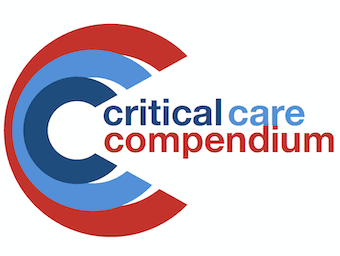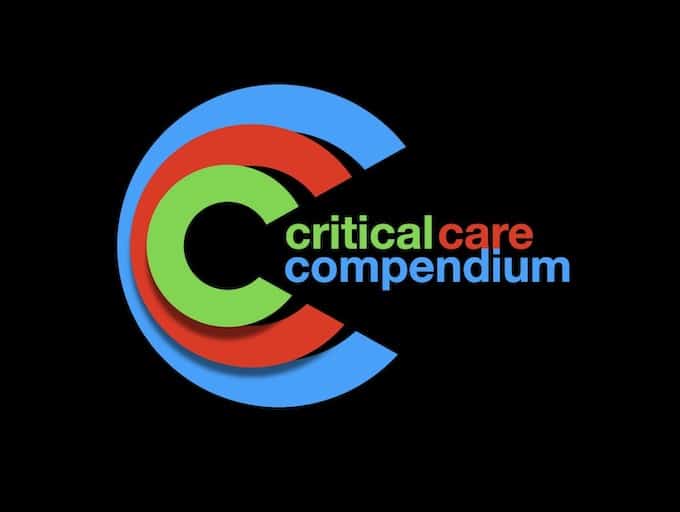
Hypotension Post Cardiac Surgery
Hypotension Post Cardiac Surgery. Think PROVED?: pump, rhythm, obstruction, volume, (endocrine), distributive, ? = artefactual
The LITFL Critical Care Compendium is a comprehensive collection of pages concisely covering the core topics and controversies of critical care.

Hypotension Post Cardiac Surgery. Think PROVED?: pump, rhythm, obstruction, volume, (endocrine), distributive, ? = artefactual

Hypertension Post Cardiac Surgery

Haemorrhage Post Cardiac Surgery; common; mild/moderate -> medically managed; severe -> re-exploration; complications: hypovolaemia, anaemia, pericardial tamponade

Off pump CABG versus On pump CABG; definitions and advantages and disadvantages

Multiple factors affecting Left internal mammary artery (LIMA) flow: — anatomy — demand — physiology — drugs

Coronary Artery Bypass Graft (CABG) Surgery; most common cardiothoracic surgical case seen in ICU

Cardiothoracic Surgery Literature Summaries

Cardiopulmonary bypass (CPB) replaces the function of the heart and lungs while the heart is arrested to provide a bloodless, stable surgical field

Cardiac arrest occurs after 0.7 - 2.9% of cardiac surgery cases. Usually preceded by physiological deterioration but can occur in previously stable patients

Pulsus paradoxus is defined as an inspiratory drop in blood pressure of 10mmHg or more during normal breathing.

Heart murmurs are abnormal heart sounds believed to be caused by turbulent flow across heart valves or vascular abnormalities.
When assessing a murmur, determine 6 characteristics: position at which it is loudest, grade, timing, duration, presence of a thrill, radiation and changes during respiration or with dynamic manoeuvers

Co-oximeter: a device that uses spectrophotometry to measure relative blood concentrations of oxyhemoglobin, carboxyhemoglobin, methemoglobin, and reduced haemoglobin